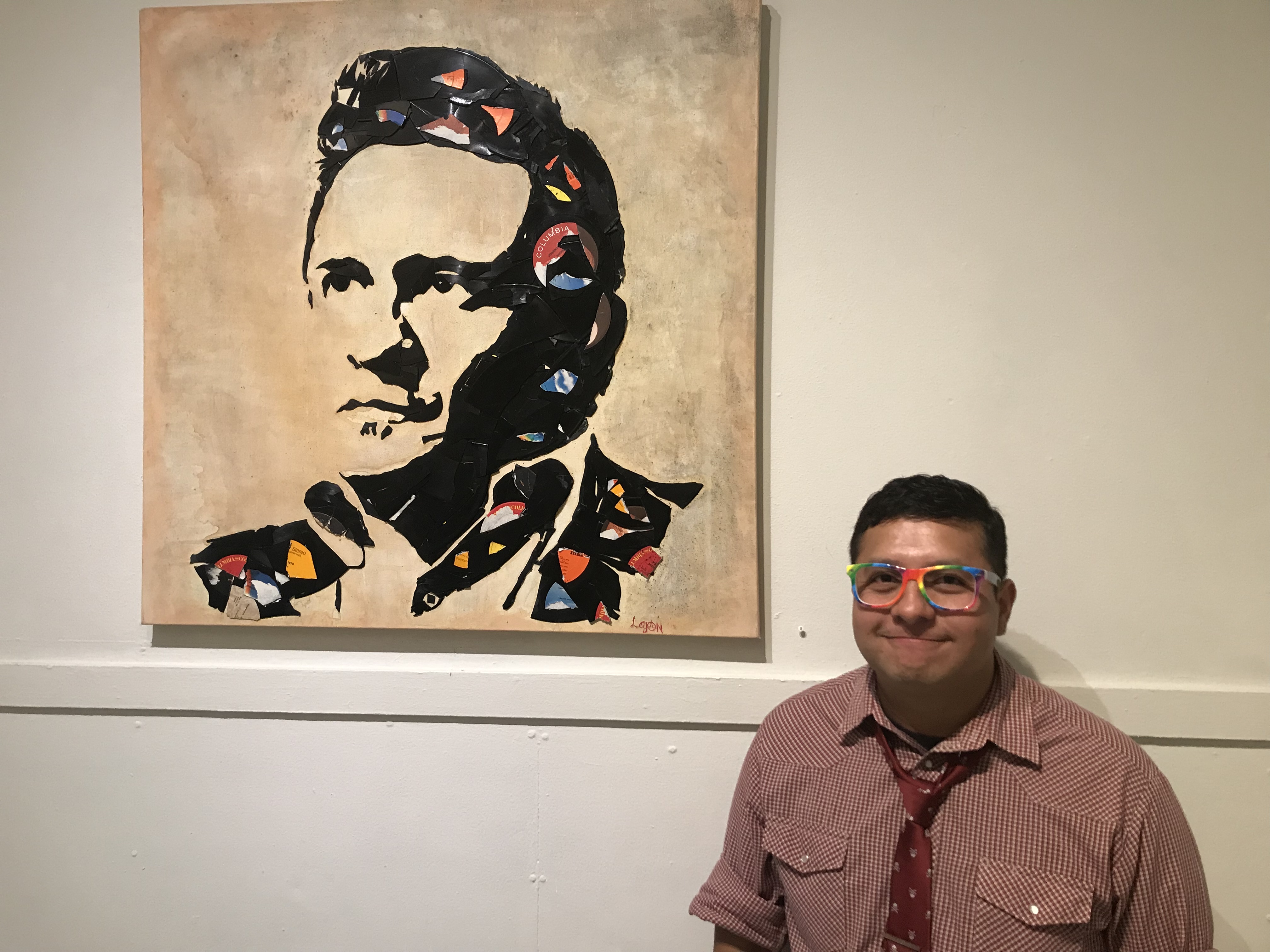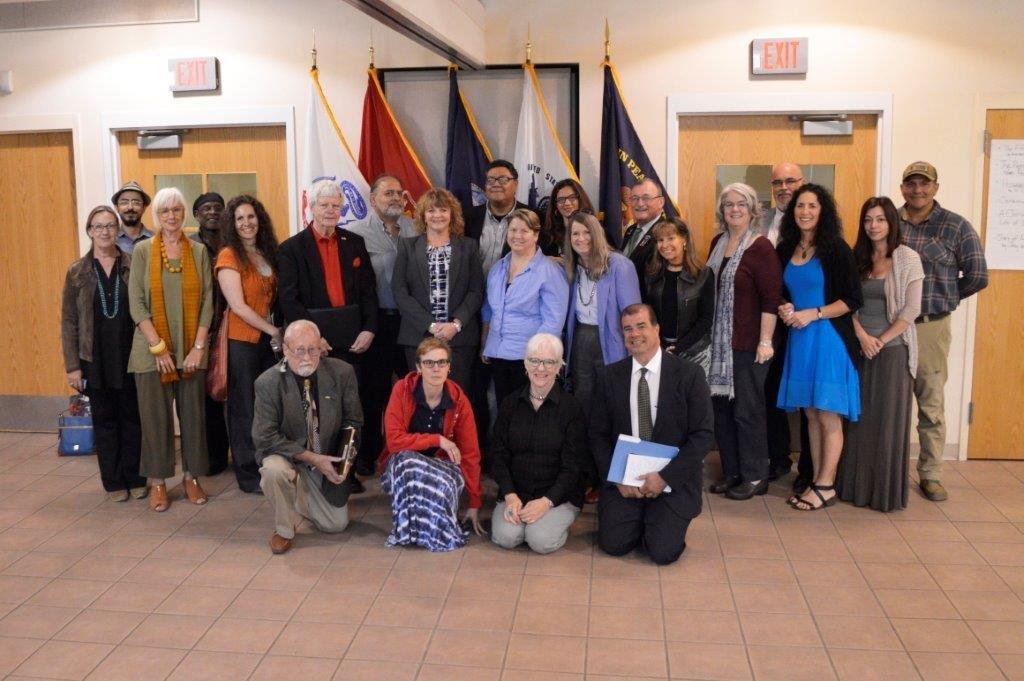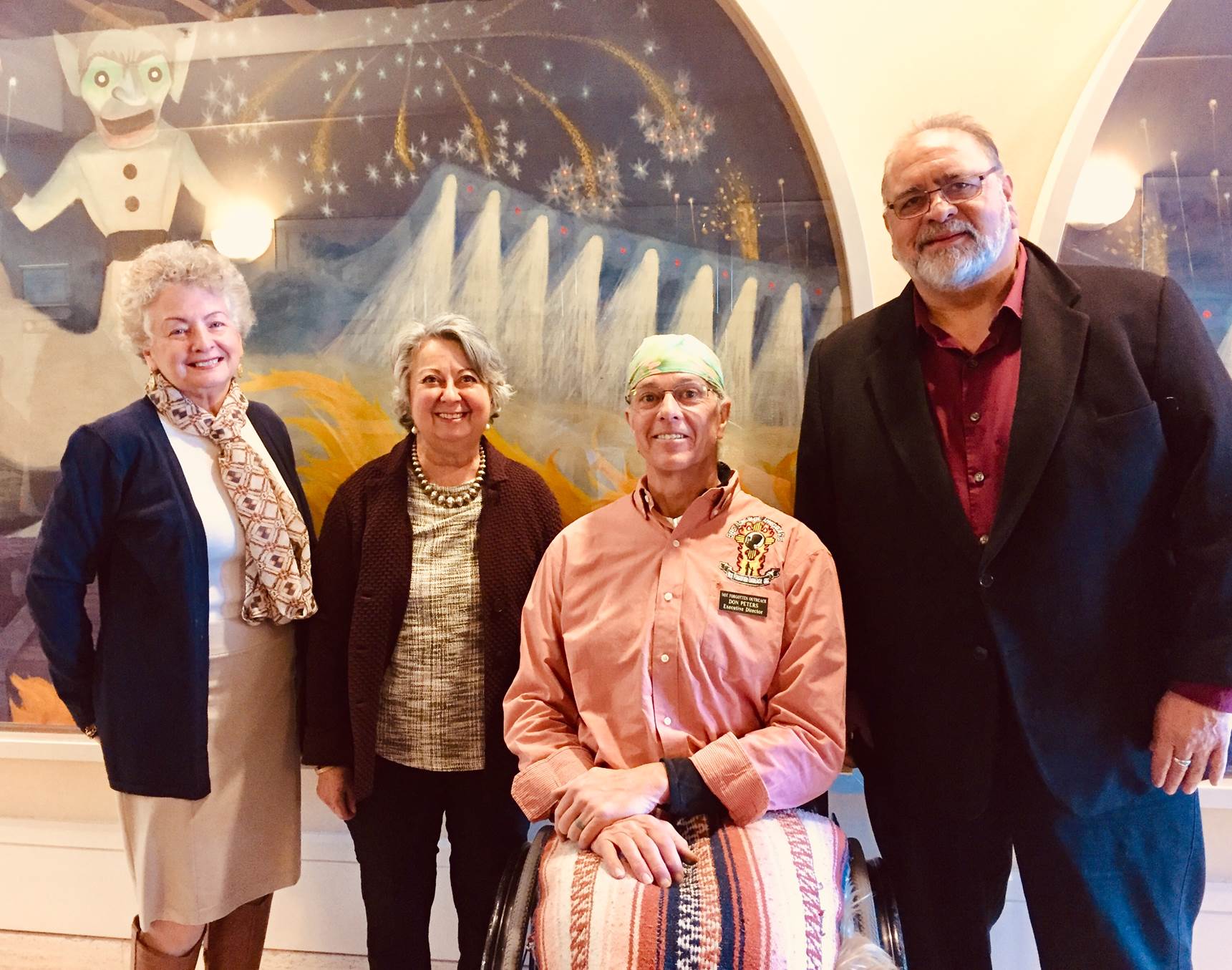Arts & the Military: Changing the Terminology and Pulling a Seat to the Table
According to recent statistics from the US Census, there are currently over 20 million veterans and active duty service members in the United States. Although arts play an important role in healing, the veteran community is often overlooked in programming. New Mexico Arts (NMA), a state arts agency, and Art Spark Texas, a nonprofit focused on inclusive arts, are two organizations emphasizing and creating programming for veterans and military families.
Discovering the Gap
“In 2009, we realized there were a lot of veterans in our community and people who we were going to war and coming back, but not identifying as people with disabilities, which is the population we work with,” says Art Spark’s ArtWorks Director, April Sullivan. “The terminology didn’t relate to them.”
Before assuming her position as Program Coordinator at NMA, Phyllis Kennedy read about Americans for the Arts’ National Initiative for Arts & Health in the Military. Inspired, she took a survey of NMA’s grantee organizations in the summer of 2015. “There was not a lot known about patron connections to the military, but they were intrigued. We took that to mean that maybe it’s time we brought people together, so we held a roundtable discussion,” shares Kennedy of the program origins.
Sparking a Program in Texas
Art Spark began programming for veterans in 2009. “We thought maybe we should entice them to our services, first by going to their communities, where they already were. We did an art exhibit of distinguished artist veterans,” says Sullivan of their first program. “It was very successful. We decided it was something we could keep up because when they come back to civilian life, they can rally around themselves as creative people.”
 Image courtesy of Art Spark Texas
Image courtesy of Art Spark Texas
After the first program, Art Spark did a focus group with the veterans, which led to a writing class. The class began in Austin, and has since expanded to Temple, Fort Hood and Killeen, with plans for one in San Antonio. Right now, they assisting with programming for the Austin Veterans Arts Festival, the creation of one of their veteran artists. In collaboration with the festival, Art Spark is hosting 17 different art exhibits at 17 different venues from mid-October through mid-November. They will also be hosting a two-day Veteran Writers Conference and a Veteran Health & Wellness Conference as part of the festival lineup.
 Image Courtesy of Art Spark Texas
Image Courtesy of Art Spark Texas
Bringing Veterans to the Table in New Mexico
“It was kind of like throwing a party,” states Kennedy of the first roundtable they held centered around veteran programming. She invited anchor attendees, the Deputy Secretary of Veterans Services, the deputy Secretary of the Cultural Affairs Department, the Aging and Long Term Services Department, the judge that founded the first Community Veterans Court. “When the RSVPs started coming in, I could tell this was something we wanted to talk about.”
 Image Courtesy of New Mexico Arts
Image Courtesy of New Mexico Arts
After the first roundtable in Albuquerque, they did one a second one in Albuquerque, followed by Roswell and Gallup. They hosted their fifth roundtable in October in Silver City, NM, which lauded their largest turnout yet. Overall, the roundtables have resulted in a Google group, a Facebook page, a university course, mask-making workshops and other collaborations. “People are ready and they’re willing. When you ask them to talk about their community, their hopes and dreams come out,” Kennedy says. “When you ask them to talk about their assets, they already have something in mind. What we do (each city and each state is different), we listen and provide a little nudge.”

Left to right: Deborah Roane - NM Military OneSource & Toni Martorelli – Martell Associates (Roundtable #3 facilitators), Don Peters – Not Forgotten Outreach, Taos NM, Jose Antonio Ponce – NM Music Awards and Veterans Therapeutic Songwriting Project. Location: NM State Capitol (The Roundhouse), Santa Fe. Mural: Zozobra, (1964), Will Shuster, Veteran.
Lessons Learned in Basic Training
Art Spark Texas has now led successful veterans programs for 10 years and, in the last four years, NMA has seen their veteran outreach grow throughout the state. Both organizations have gleaned valuable knowledge through trial and error, partnerships, and of course, the community itself.
Both Art Spark Texas and NMA face the difficulties of working in large states with rural populations; visiting communities in remote areas can be costly. Community outreach is necessary each time they launch a program in a new location. Luckily, both organizations have found good local partnerships.
“Getting the community to know and trust us was a barrier,” says Sullivan of the early days, “there are a lot of veteran service organizations out there. These groups need to provide what veterans need, they need to serve them.”
Art Spark Texas originally partnered with Bring Everyone in the Zone. “We don’t know much about military culture, and they were able to help us be more sensitive to the community,” Sullivan explains. Bring Everyone in the Zone did a staff training, and the two are now partnering on crafting for other arts organizations. Since then, they’ve also found a partner in the VA Outpatient Clinic in Texas.
The arts are essential to healing and connecting those with military experience with civilian life, but it’s essential to meet veterans where they are. “The veterans tell us ‘if you want to know who we are, come and stand beside us,’” shares Kennedy. “A lot of us want to get up and running; what has been the best approach is to take baby steps, but don’t be afraid to take the first step. It is so energizing and invigorating bringing the arts and the military groups together.”
